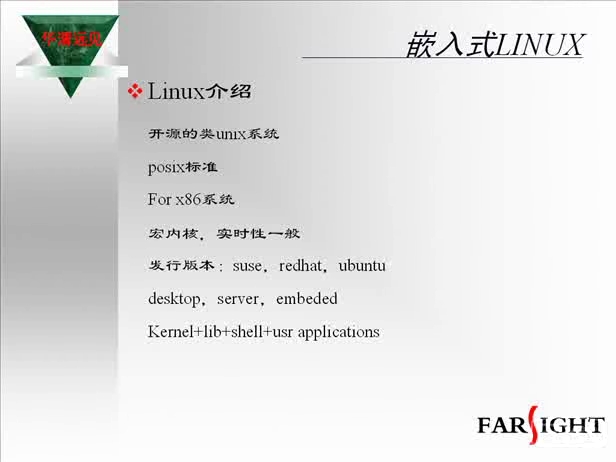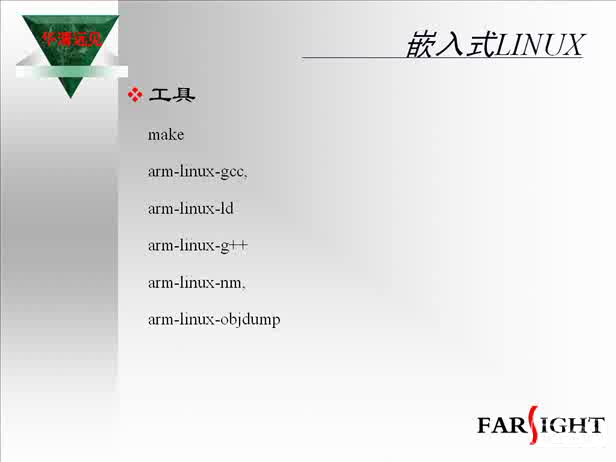setitimer函数使用笔记
转载
setitimer函数使用笔记
函数原型int setitimer(int which, const struct itimerval *value,
struct itimerval *ovalue);
DESCRIPTION
The system provides each process with three interval timers, each decrementing in a distinct time domain. When any timer expires, a
signal is sent to the process, and the timer (potentially) restarts.
ITIMER_REAL decrements in real time, and delivers SIGALRM upon expiration.
ITIMER_VIRTUAL decrements only when the process is executing, and delivers SIGVTALRM upon expiration.
ITIMER_PROF decrements both when the process executes and when the system is executing on behalf of the process. Coupled with
ITIMER_VIRTUAL, this timer is usually used to profile the time spent by the application in user and kernel space. SIG-
PROF is delivered upon expiration.
Timer values are defined by the following structures:
struct itimerval {
struct timeval it_interval; /* next value */
struct timeval it_value; /* current value */
};
struct timeval {
long tv_sec; /* seconds */
long tv_usec; /* microseconds */
};
#include <unistd.h>
#include <signal.h>
#include <string.h>
#include <sys/time.h>
#include <errno.h>
void PrintMsg(int Num)
{
printf("%s\n", "Hello World");
return;
}
int main(int argc, char* argv[])
{
signal(SIGALRM, PrintMsg);
struct itimerval tick;
tick.it_value.tv_sec = 10; //十秒钟后将启动定时器
tick.it_value.tv_usec = 0;
tick.it_interval.tv_sec =1; //定时器启动后,每隔1秒将执行相应的函数
tick.it_interval.tv_usec = 0;
//setitimer将触发SIGALRM信号
int ret = setitimer(ITIMER_REAL, &tick, NULL);
if ( ret != 0)
{
printf("Set timer error. %s \n", strerror(errno) );
return -1;
}
printf("Wait!\n");
getchar();
return 0;
}
加群:1732700158
*博客内容为网友个人发布,仅代表博主个人观点,如有侵权请联系工作人员删除。












